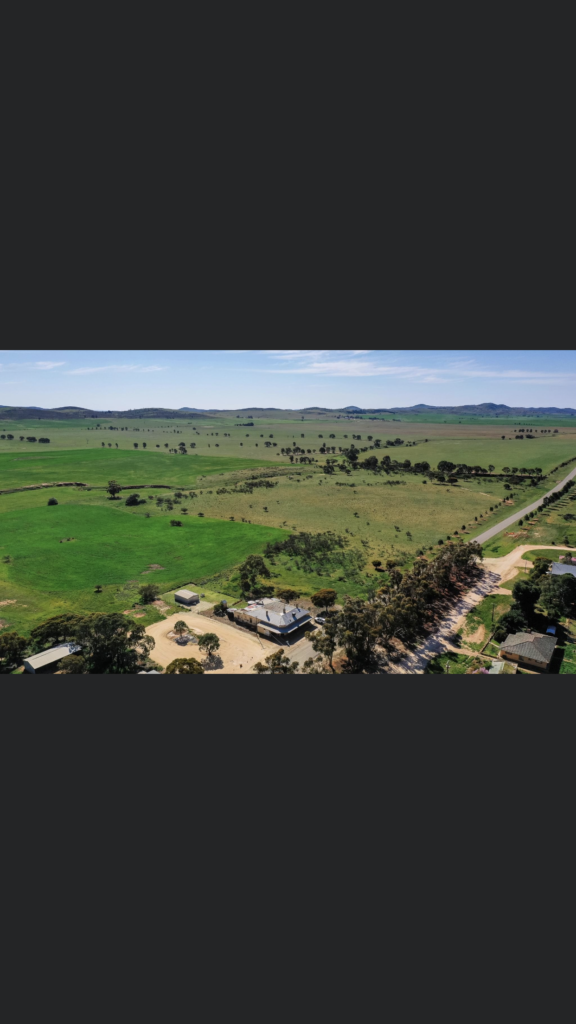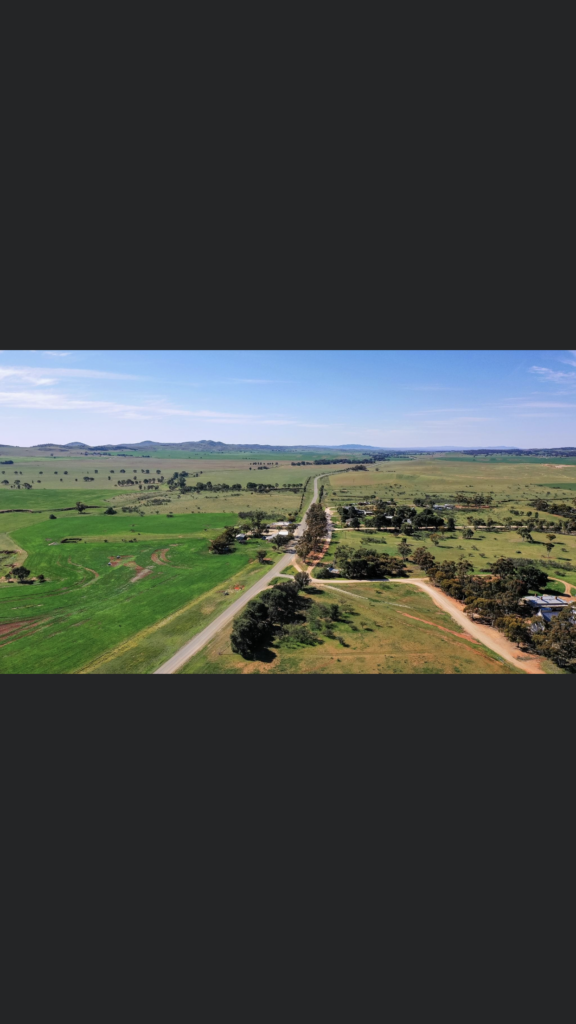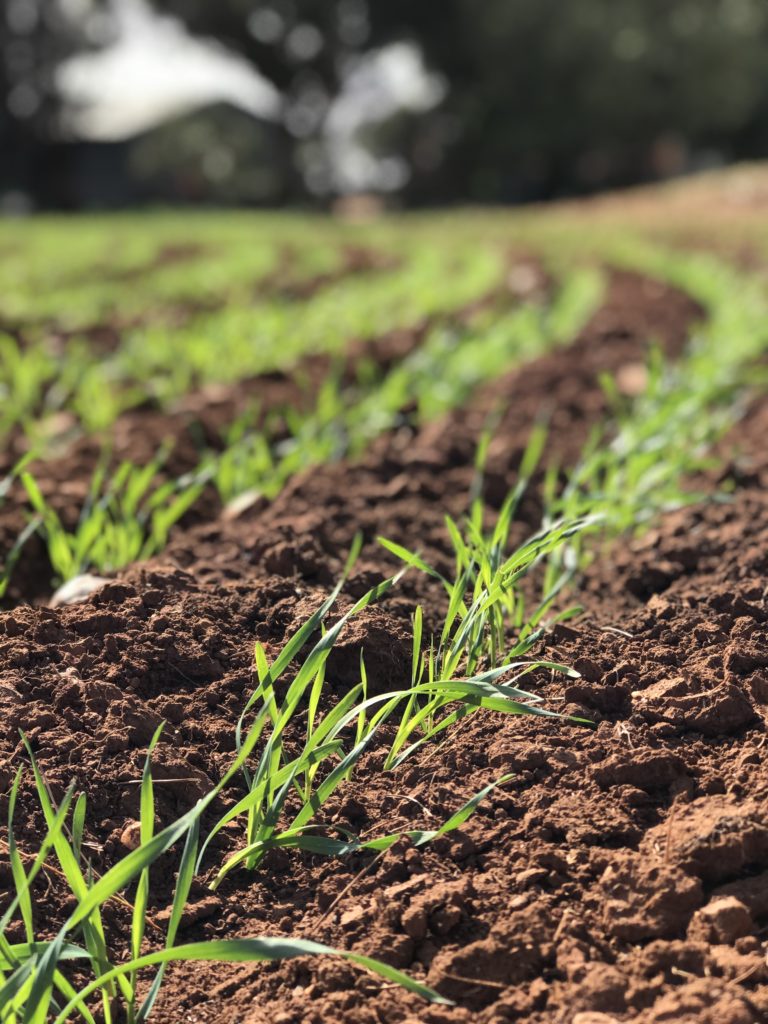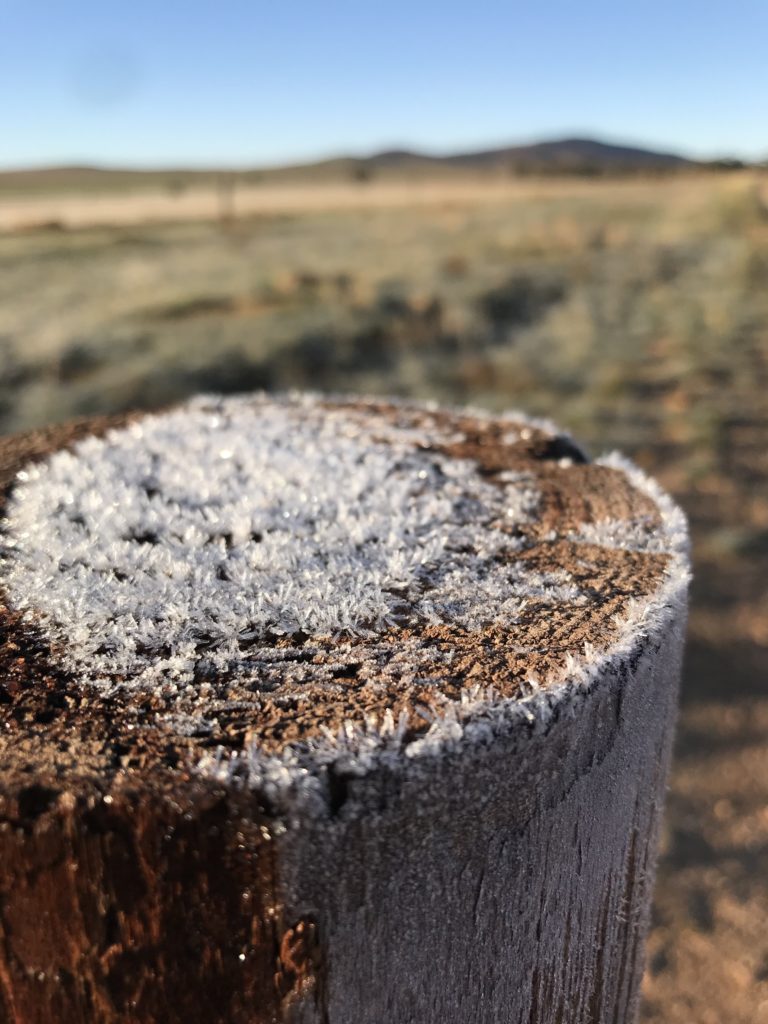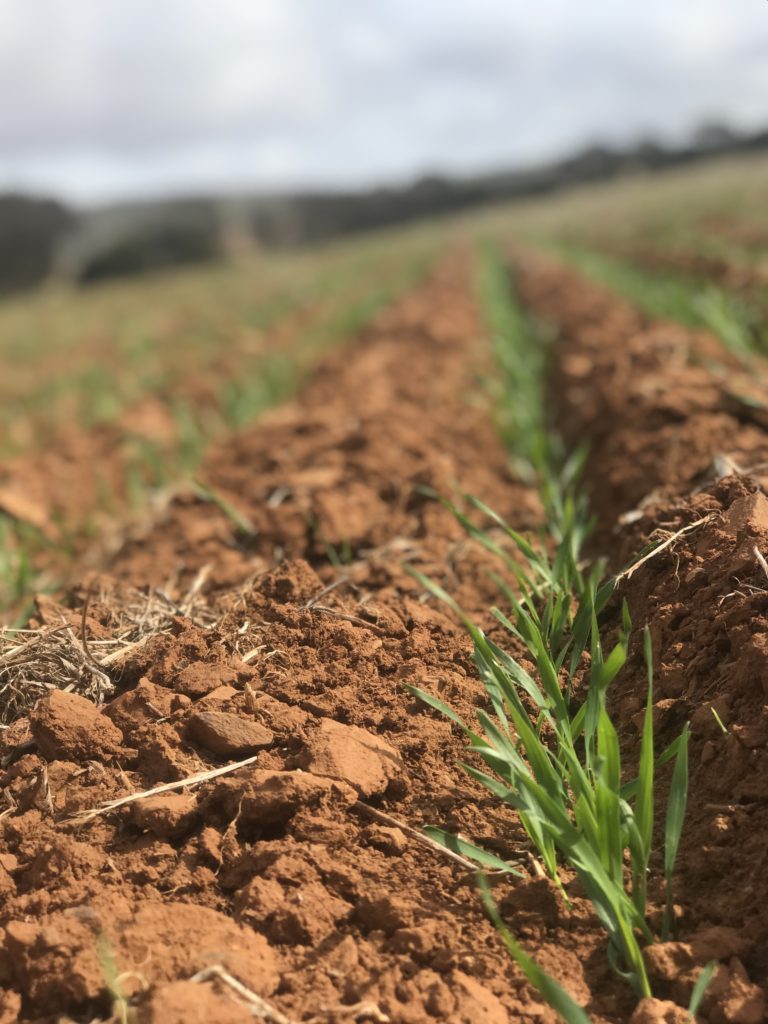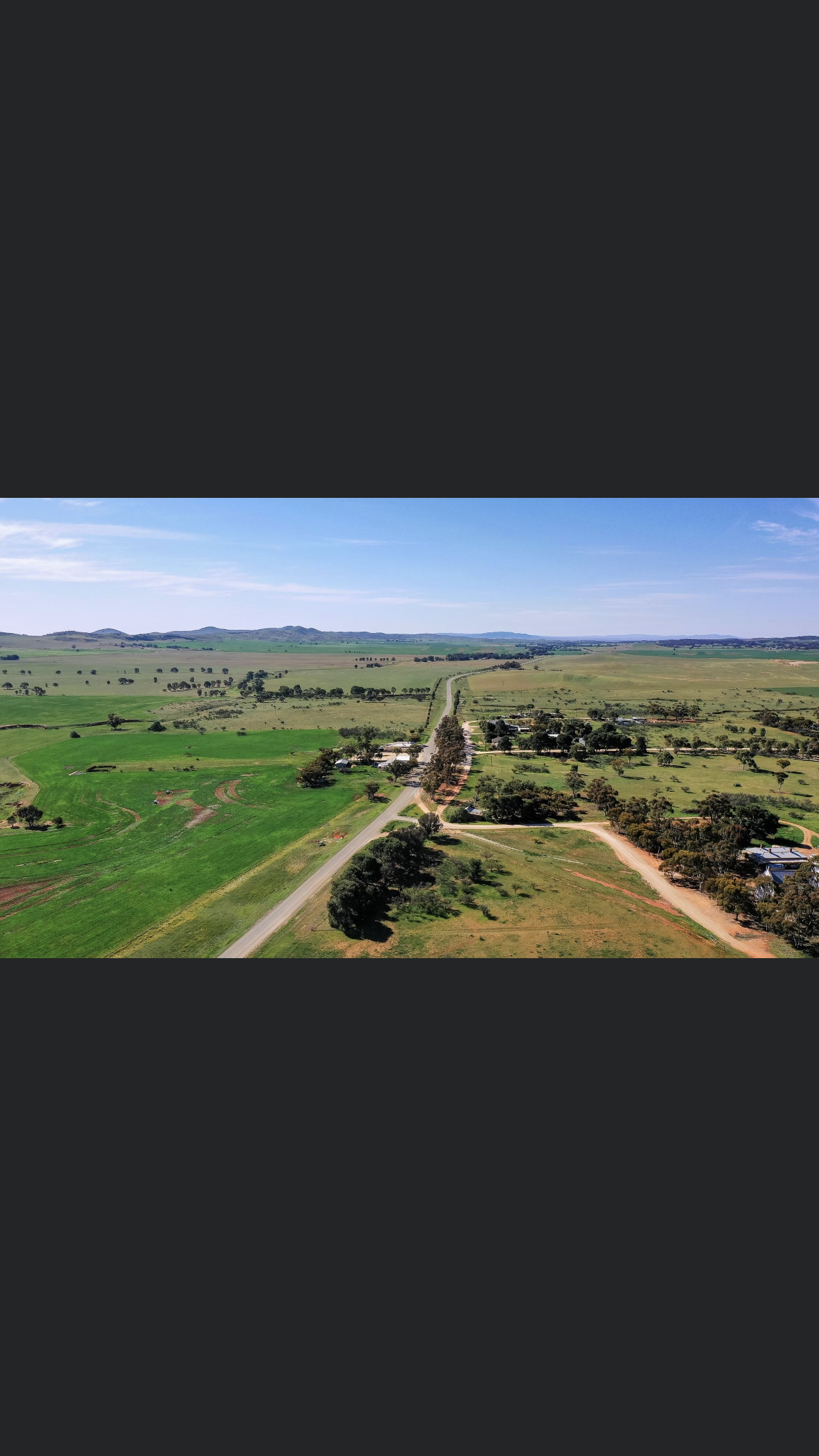
About Pekina
Was Pekina the most Irish community in the State?
Pekina is a small settlement in the mid-North of South Australia, about 250 km north of Adelaide. Originally home to the Ngadjuri Aboriginal people, the area was settled by pastoralists – initially grazing cattle, and later sheep, in the 1840s. Later, from the 1870s on, there was a very high proportion of Irish Catholic settlers in the Pekina area who had settled in the district as a result of the amended Strangways Act of 1872, which enabled prospective cropping farmers to buy land on credit, in newly opened Agricultural Areas of South Australia. Descendants of some of these early settlers still farm the country their ancestors purchased over 140 years ago.
Was this small town once the most Irish township in South Australia? Back in May 1891, it was reported in the South Australian Catholic newspaper, The Southern Cross, in an article concerning the visit of Mr J. R. Cox, M.P., a delegate of the Irish Parliamentary Party, to Australia, that “Pekina is probably the most thoroughly Irish centre in South Australia …” (The Southern Cross (Adelaide), 22 May 1891).
A newspaper report of Easter activities at Pekina in 1895: “One would imagine himself in Ireland when in Pekina, seeing how Catholic the place is and what a fine Catholic spirit the people show.” (The Southern Cross (Adelaide), Friday 19 April 1895).
The object of Mr Cox’s mission was to raise funds for the relief of evicted tenants in Ireland and was supported by Australian branches of the Irish National League. Mr Cox stated that he had addressed many meetings during the last ten years, through the length and breadth of Australia, as well as on the hillsides and platforms of England and Ireland, but never did he see greater enthusiasm displayed or more patriotic fervour shown than at his meeting in the little township of Pekina, attended by the patriotic Irishmen of the North [of South Australia]. The total amount subscribed at Pekina was over £70, a generous contribution, considering that the village consisted of the sum total of five houses, including the inn, and that the surrounding district was entirely rural, with the houses from ten to fifty miles apart.
In 2017, not a lot has changed – it is still a rural area and there are still only half a dozen houses. It was in the intervening years however that Pekina really gained the reputation as ‘little Ireland’. There are many examples of this which were unearthed during research for the commemoration of 125 years of European settlement in the district in 1999.
One landmark in the history of Pekina was the official opening of the local tennis courts performed by His Grace the Co-Adjutor Archbishop of Sydney, Dr N. T. Gilroy on 14 August 1937. The speech made by His Grace was broadcast through loudspeakers, provided on the grounds, and could be heard plainly by everyone throughout the arena. Other members of the Australian Hierarchy to be present were the following: His Lordship, Bishop O’ColIins, of Geraldton, W.A.; His Lordship, Dr Fox, of Wilcannia—Forbes; and the Right Rev. Monsignor Hartigan, of Wagga Wagga, N.S.W. Many people will remember the lovely poem written by the hands of Father Hartigan, entitled: “Around the Boree Log,” writing under the nom-de-plume of John O’Brien. This must be the only day, in the history of Pekina, such a large congregation of learned prelates assembled together in one body, had been seen, and, coming from such far distances for the opening, could be appreciated by all. (The Times (Peterborough), 20 August 1937)
There is also a predominance of Irish Catholic graves and monuments – over 90% – in the Public Cemetery at Pekina. This is relatively unusual in South Australia because of the small percentage of Irish migration to the colony.
By using the Trove website and research material I used to compile the local history book, No Place like Pekina in 1999, I believe I can demonstrate that from its establishment in 1874 until the 1960s Pekina was the most Irish community in the State.
Written by John Mannion
